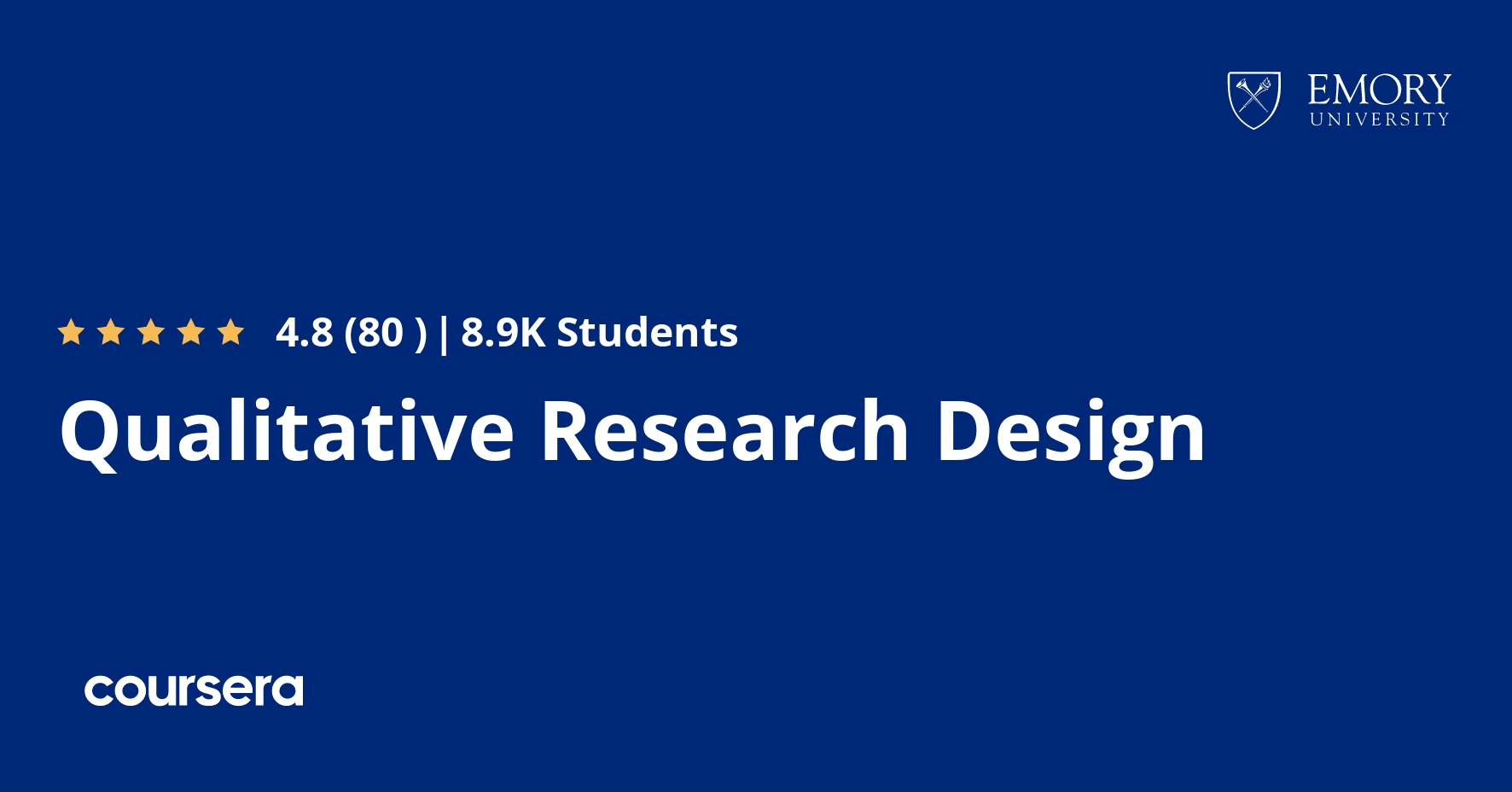Description
This course introduces qualitative research, compares and contrasts qualitative and quantitative research approaches, and provides an overview of qualitative methods for data collection. It outlines a step-by-step approach to qualitative research design that begins by identifying a public health topic of interest, works to hone in on a specific research problem, and then specifies research questions, objectives, and specific aims. The course emphasizes the iterative nature of research design in qualitative inquiry and highlights the importance of specifying a population of interest, an appropriate sampling strategy, and potential approaches to recruitment. It introduces the relationship between these considerations and key concepts such as saturation and transferability in qualitative research. Finally, the course considers ethical concerns specific to qualitative research and potential solutions. Learners of this course will not only be able to put what they learn into practice, but they’ll also develop a portfolio of qualitative research materials for career advancement.
What you will learn
Introduction to Qualitative Research
In this first week, you’ll get the chance to explore characteristics and approaches of both qualitative and quantitative research, understand their differences, and acknowledge how both are complementary.
Qualitative Methods
This week, we’ll look at two types of data that can be collected and dive into the three main data collection methods used in qualitative studies. Finally, we’ll wrap up by discussing the concept of saturation and consider the lingering question, “how much data is enough?”
Objective-Driven Design
In our third week, we’ll discuss how to develop a problem statement from a topic of interest, craft research questions and aims, and discuss how this process all relates to objective-driven design.
Methods, Population, Sampling, & Recruitment
For our fourth week, we’ll take a look at how to choose data collection methods that are best suited for your aims, explore the various sampling and recruitment strategies to select participants, and finally consider how research design is an iterative process.






